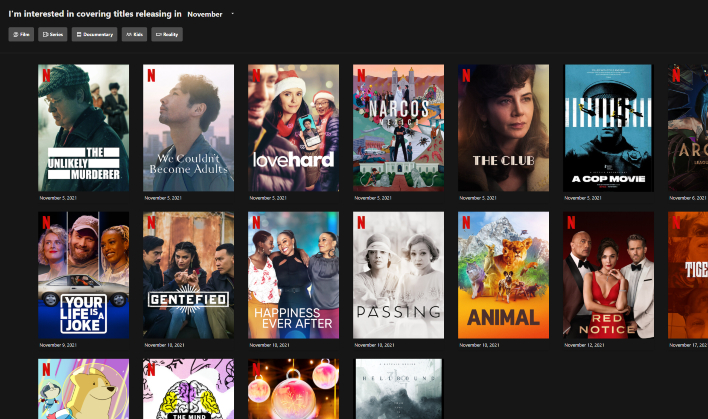Netflix Expands Support For Open Source AV1 Codec To Deliver Better Quality Video For These TVs

AV1 is a high-efficiency, open-source video codec format that has a royalty-free license from Alliance of Open Media (AOMedia). Netflix is a founding member of AOMedia and one of its key contributors to its development of AV1. It began delivering AV1 in 2020 to its Android mobile app, which delivered improved viewing experiences for its members.
"We compared AV1 to other codecs over thousands of Netflix titles, and saw significant compression efficiency improvements from AV1. While the result of this offline analysis was very exciting, what really matters to us is our members’ streaming experience," Netflix states in a blog post.
Netflix understands that most people enjoy streaming their favorite programs from the comfort of their couch and viewing on a larger TV screen. So it needed to overcome one large hurdle before it could deliver AV1, and that was waiting on the TV industry to catch up in the hardware department. Well, during 2020 semiconductor companies announced decoder SoCs for an array of consumer electronics applications. One of those applications included manufacturers releasing TVs ready and capable of AV1 streaming. This was coupled with the Netflix partnering with YouTube to come up with an open-source solution for AV1 on game consoles that use additional power from GPUs.
The first challenge Netflix came upon in delivering AV1 to TVs was which encoding recipe to use among the unlimited possibilities. Three key decisions were made in to help ensure the highest quality video would be delivered. First, it will always encode at the highest available source resolution and frame rate. Next, all AV1 streams will be encoded with 10 bit-depth, even if the main profile allows for 8-bit and 10-bit depths. Finally, dynamic optimization is utilized to adapt the recipe at the shot level and thus allocate bits appropriately.
A few of the other challenges Netflix had to overcome were how to guarantee smooth playback on TVs, how to roll out the encoding on a large scale, and how to continuously monitor AV1 streaming. During the time Netflix was researching how to get past these challenges, it held an A/B test. The participants of the test found the AV1 streams to deliver a more beautiful representation of the film they were watching, including during times where poor network connection occurred.
- Select Samsung 2020 4K smart TVs
- Select Samsung 2020 4K and 8K QLED smart TVs
- Samsung The Frame 2020 smart TVs
- Samsung The Serif 2020 smart TVs
- Samsung The Terrace 2020 smart TVs
- All TVs connected to a Sony PlayStation 4 Pro streaming the Netflix app
- Select Amazon Fire TV devices with Fire OS 7 or higher
- Select Android TV devices with Android OS 10 or higher

